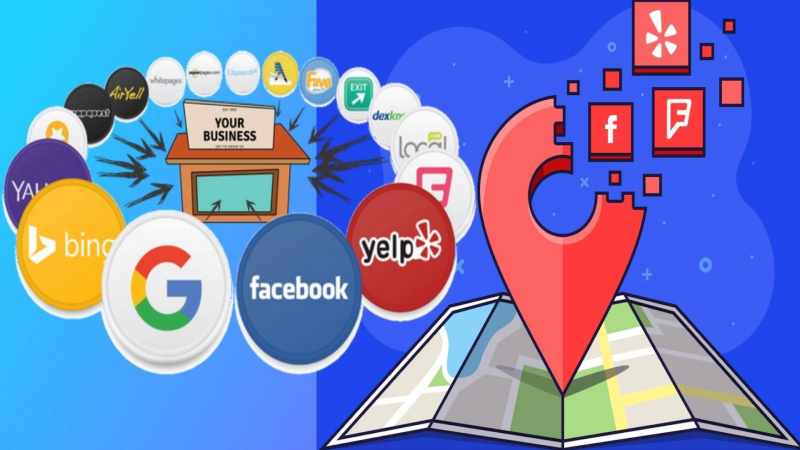Small Business Onboarding Software: Streamlining the Hiring Process

As a small business owner, you know that the hiring process can be time-consuming and overwhelming. From posting job listings to reviewing resumes and conducting interviews, it can take up a significant amount of your time and resources. However, with the help of onboarding software, you can streamline the hiring process and make it more efficient. In this article, we will explore the benefits of using onboarding software for small businesses.
Section 1: What is Small Business Onboarding Software?
Small business onboarding software is a tool that helps automate the hiring process. It allows you to manage job postings, applications, resumes, and candidate information all in one place. The software also helps you track the progress of each candidate through the hiring process, from application to onboarding.
One of the key features of onboarding software is that it allows you to create custom workflows for each position. This means that you can tailor the hiring process to fit the specific needs of your business. For example, you may have different requirements for a sales position than you would for a customer service position. With onboarding software, you can create unique workflows for each position and ensure that each candidate goes through the appropriate steps.
Section 2: Benefits of Small Business Onboarding Software
There are several benefits to using onboarding software for small businesses. Here are just a few:
1. Time-saving: Onboarding software automates many of the time-consuming tasks associated with hiring, such as reviewing resumes and scheduling interviews. This frees up your time to focus on other important aspects of your business.
2. Improved candidate experience: Onboarding software provides a streamlined and organized hiring process, which can improve the candidate experience. Candidates are more likely to have a positive impression of your business if they feel that the hiring process was efficient and well-organized.
3. Increased efficiency: Onboarding software allows you to manage the hiring process from one central location. This means that you can easily track the progress of each candidate and ensure that nothing falls through the cracks.
4. Better data management: Onboarding software allows you to store candidate information in one place, making it easier to access and manage. This can be particularly helpful if you need to refer back to candidate information at a later date.
Section 3: Features of Small Business Onboarding Software
Onboarding software comes with a range of features that can help you manage the hiring process more efficiently. Here are some of the key features to look for:
1. Custom workflows: As mentioned earlier, onboarding software allows you to create custom workflows for each position. This means that you can tailor the hiring process to fit the specific needs of your business.
2. Automated job postings: Onboarding software can automatically post job listings to various job boards and social media platforms. This saves you time and ensures that your job postings reach a wider audience.
3. Resume parsing: Onboarding software can automatically parse resumes and extract relevant information, such as work experience and education. This makes it easier to review resumes and identify qualified candidates.
4. Interview scheduling: Onboarding software can help you schedule interviews with candidates, eliminating the need for back-and-forth emails or phone calls.
5. Background checks: Some onboarding software includes background check services, which can help you verify a candidate’s employment history, criminal record, and other important information.
Section 4: Choosing the Right Small Business Onboarding Software
When choosing onboarding software for your small business, there are several factors to consider. Here are some things to keep in mind:
1. Ease of use: Look for onboarding software that is easy to use and navigate. You don’t want to spend a lot of time learning how to use the software.
2. Customization: Look for software that allows you to customize workflows and other settings to fit the specific needs of your business.
3. Integration: Look for software that integrates with other tools you use, such as your applicant tracking system or HR software.
4. Cost: Onboarding software can vary in price, so be sure to choose a solution that fits within your budget.
Conclusion
Small business onboarding software can help you streamline the hiring process and make it more efficient. By automating many of the time-consuming tasks associated with hiring, you can free up your time to focus on other important aspects of your business. When choosing onboarding software, look for a solution that is easy to use, customizable, integrates with other tools you use, and fits within your budget. With the right onboarding software, you can improve the candidate experience and make the hiring process a breeze.





